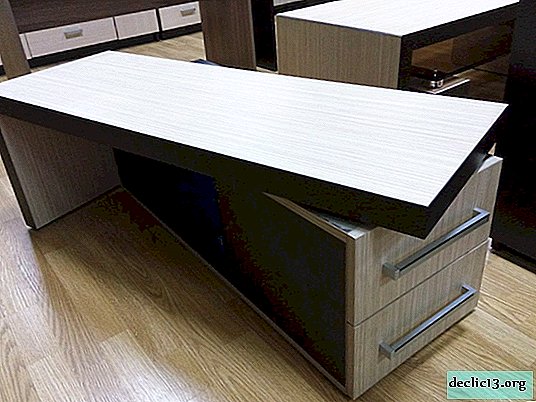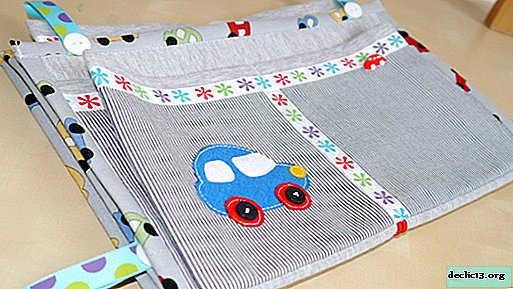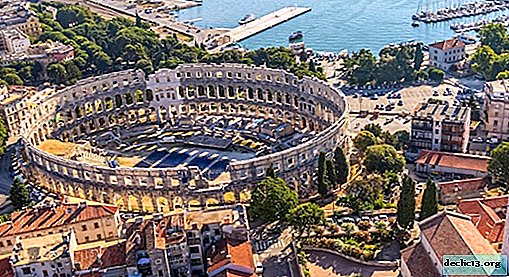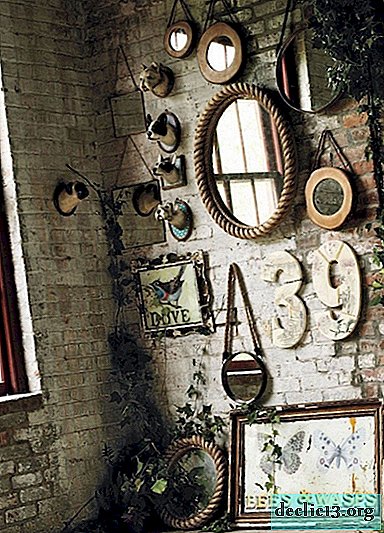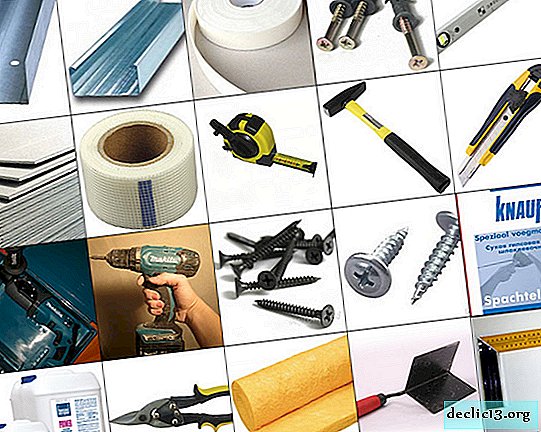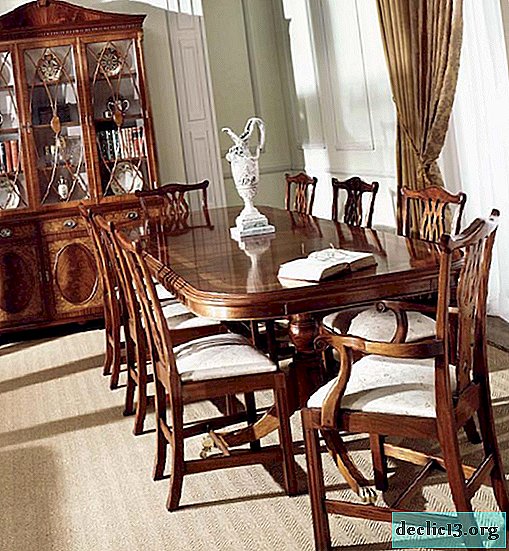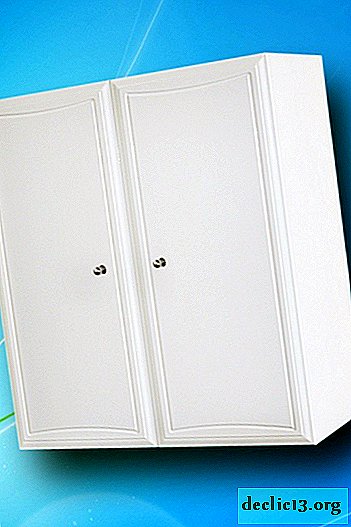How to make a fabric lampshade with your own hands
Today, hand-made is rapidly gaining popularity, occupying its well-deserved niche in the interior. Old furniture and decor elements that seemed to have outlived are transformed in the hands of skilled craftsmen, start playing with new colors and become the highlight of any interior.
Renewing and restoring furniture is a very complex and painstaking process that is not always possible for innovators, but working with small decorative elements such as lamps, vases, small bookshelves and the like is a simple chance to stand out from the crowd and ennoble your interior. In this article, we will step by step re-decorate the table lamp, completely transforming it.
The method described below is very simple and fast enough. It consists in a seemingly significant change - in the complete replacement of fabric on the lampshade, but in fact this process is not so complicated and scary, you only need to be inspired by this idea and follow the instructions correctly.
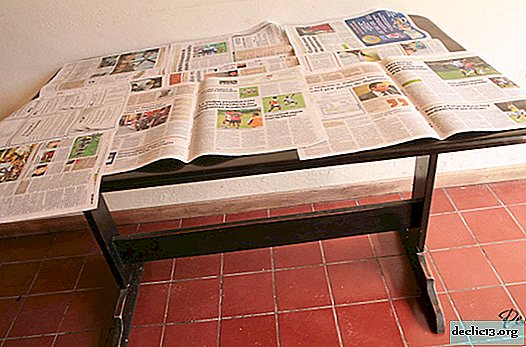
First you need to get ready for work. In the room where you will create, there should be enough light, and the table at which the lamp will be restored should be covered in advance with oilcloth or newspapers in order to protect it from damage or dirt.

The next step is the collection of materials. Yes, no matter how funny it sounds, but running around with dirty hands in the apartment looking for napkins, or looking for scissors in a panic is not the best start to your hand-made. Prepare everything that may come in handy in advance. Put your mobile phone in a prominent place so that you can find out who is calling without picking it up.

Now that everything is ready for work, you can begin the creative process. Place the lamp vertically; no need to remove the lampshade.

Carefully measure the diameter of the lampshade and its height using a tape measure or a soft sewing centimeter. Try to be as accurate as possible in your measurements, especially when working with diameters.

Choose a fabric of suitable color and size. It is better to opt for natural materials such as linen or cotton: they are much easier to process, the ends of such a fabric do not weave. After choosing the right material, measure a piece of fabric of measured height and diameter, leaving about one and a half centimeters for the seam. As a result, you should get an even rectangular piece of fabric.

Turn the fabric over to the wrong side and fold the two short sides of the rectangle together, not forgetting the seam allowance. Sew and stitch the workpiece. As a result, you should get a hollow cylinder.

After the fabric must be turned back to the front side. Carefully review the seam, check if the thread is knocked out and how firmly the fabric is held. Fold the cylinder in half and slightly pull the edges - if there are no cracks between the threads, then the fabric is fixed well.

Insert your cylinder over the lampshade. Carefully ensure that the bottom edge fits snugly against the edge. If the fabric goes in waves or cracks form, then you have incorrectly measured the diameter and you have to redo the workpiece.

If the fabric and the lower edge of the lampshade fit perfectly, glue them and temporarily connect them with pins or paper clips so that the glue evenly spreads across the fabric and no holes form anywhere.

Wait for the glue to dry. When working with glue, you should not rush, in our case, in order to avoid tissue displacement. Remember that a fabric already smeared with glue can hardly be used a second time, so the workpiece will have to be redone.

Working with the top edge of the lampshade is much more painstaking. First, you need to form neat waves that will look like an elegant design move, and not a terrible amateurish mistake. Align the top edge of the fabric with the edge of the lampshade and secure it with pins. Secondly, check how your lamp looks from all sides, and only after that apply glue.

Let the glue dry. Remove all excess pins.

Now cut off all the excess - the protruding fabric, threads and allowances in order to proceed to the final decoration of the lamp.

After fasten the row of sparkling, hanging beads to the bottom edge of the lampshade.

Wait for the glue to dry. Inspect the lamp again and check for signs of your work on the fabric. Remove all excess pins.

Align the fabric, correct the waves. The bottom edge can be decorated with ribbon or lace to hide possible flaws and emphasize the edge of the lampshade.

Wait for the glue to dry. Remove all excess parts and pins.

Add the finishing touches. Hide the flaws behind decorative elements like sequins or beautiful large beads. In the center of the lampshade, tie the ribbon, tying it tighter and forming the "waist" of your desk lamp.
In just a few simple steps, the old lampshade was transformed into a new, beautiful decor element that will attract the eyes of guests and serve as pride for any housewife. Giving old things to new things is always great, especially when it comes out so quickly and easily.


